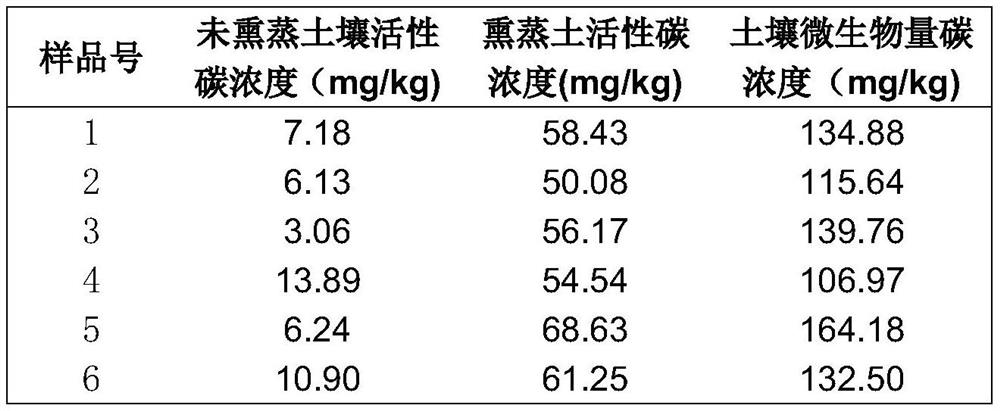Method for rapidly removing ethanol in chloroform
A chloroform and ethanol technology, applied in the field of biochemistry, can solve problems such as failure to find and remove chloroform ethanol, poisoning of laboratory personnel, pollution of laboratories, etc., and achieve the effects of simple equipment and reagents, reduced experimental equipment, and reduced toxic effects.
- Summary
- Abstract
- Description
- Claims
- Application Information
AI Technical Summary
Problems solved by technology
Method used
Image
Examples
Embodiment 1
[0023] Obtaining ethanol-free chloroform:
[0024] (1) Activated alumina chromatographic columns are commercially available, such as figure 1 As shown, the outer diameter of the glass chromatography column is 350mm, the effective length is 250mm, there are 4 triangular glass plates at the bottom, a glass piston, and a glass stopper on the top inner ground.
[0025] Put the chromatographic column on the iron stand, close the glass stopcock, spread 2 layers of filter paper lightly wetted with chloroform on the bottom of the column, then slowly put the analytically pure activated alumina particles into the 350mm×250mm chromatographic column, and then Spread 2 layers of filter paper on top of the alumina particles.
[0026] (2) Determine the amount of activated alumina to achieve the best removal effect by setting the gradient experiment:
[0027] ①According to the above method, set up the activated alumina chromatography column filled with 6 gradient experiments; among them, th...
Embodiment 2
[0032] Utilize the above-mentioned chloroform that removes ethanol to be used for soil microbial biomass determination of Pinus sylvestris pine plantation:
[0033] (1) Preparation of soil samples
[0034] The experiment of this example uses 6 fresh soil samples of 0-10cm taken from Pinus sylvestris sylvestris plantation, and the sample numbers are 1, 2, 3, 4, 5, 6. Each soil sample takes by weighing 12 parts of 20g fresh soil and puts it into a 50ml glass beaker, wherein, 3 parts are used for fumigation without ethanol chloroform after the method of the present invention is processed, and 3 parts are used for fumigation by commercially available alcohol-containing chloroform as a contrast, 3 parts were used to prepare chloroform fumigation by separation distillation as described in the background technology for fumigation as a control, and 3 parts were used as a blank control without fumigation.
[0035] (2) Fumigation
[0036] Pour 25ml of the alumina and chloroform prepar...
PUM
 Login to View More
Login to View More Abstract
Description
Claims
Application Information
 Login to View More
Login to View More - R&D
- Intellectual Property
- Life Sciences
- Materials
- Tech Scout
- Unparalleled Data Quality
- Higher Quality Content
- 60% Fewer Hallucinations
Browse by: Latest US Patents, China's latest patents, Technical Efficacy Thesaurus, Application Domain, Technology Topic, Popular Technical Reports.
© 2025 PatSnap. All rights reserved.Legal|Privacy policy|Modern Slavery Act Transparency Statement|Sitemap|About US| Contact US: help@patsnap.com



